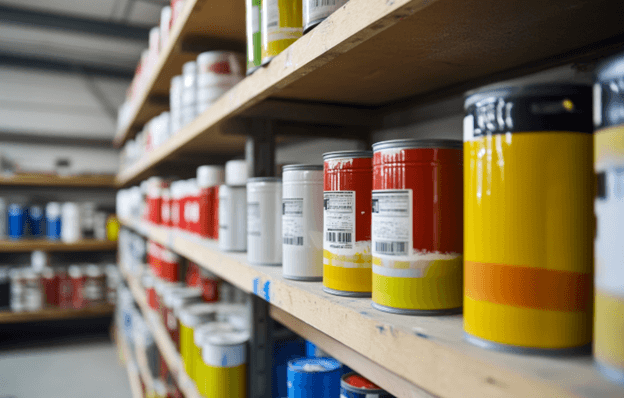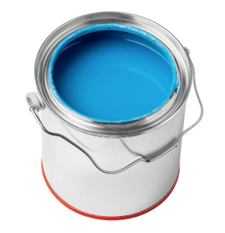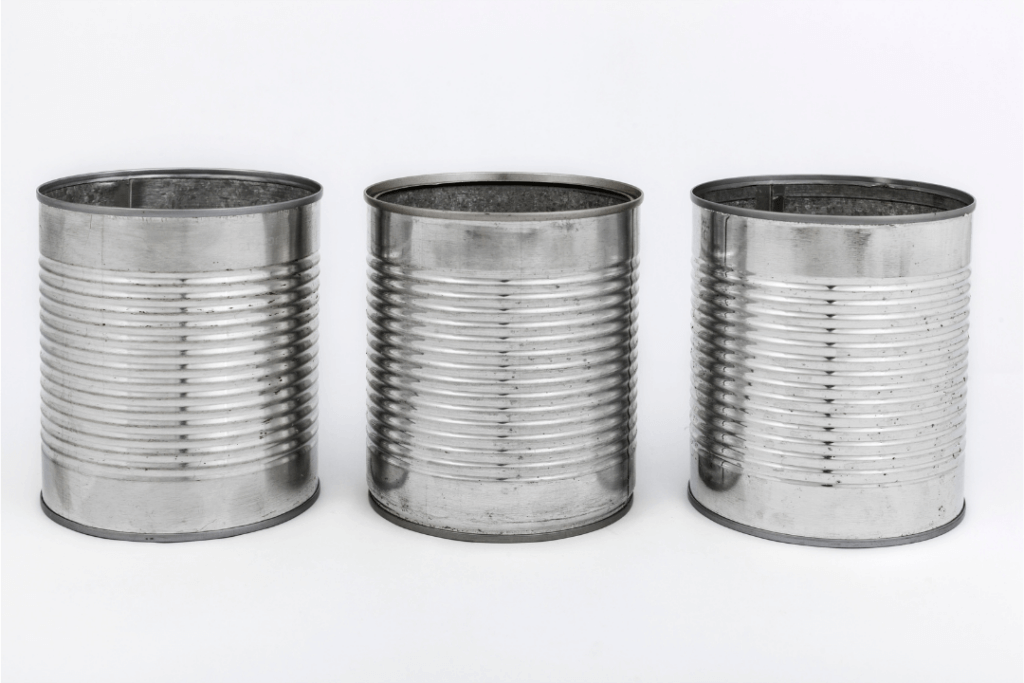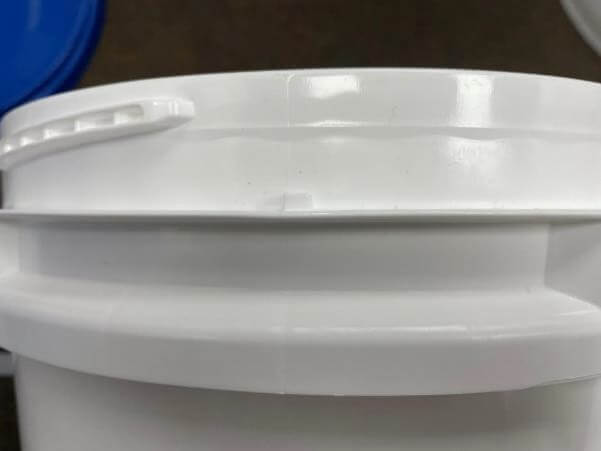The paint industry is facing a wave of regulatory changes aimed at enhancing sustainability and chemical safety. These evolving regulations are set to significantly impact the use of tin cans in paint packaging, pushing manufacturers to adapt and innovate. In this post, we’ll explore how C.L Smith is navigating these changes and what steps companies can take to comply.
Introduction to Regulatory Changes
In recent years, governments worldwide have been implementing stricter regulations to reduce environmental impact and improve packaging sustainability. The paint industry, which relies heavily on tin cans for storing and transporting paints, is not exempt from these changes.
Extended Producer Responsibility (EPR)
One of the key regulatory shifts is the expansion of Extended Producer Responsibility (EPR) schemes. EPR makes manufacturers responsible for the disposal and recycling of packaging waste, including tin cans used in the paint industry. This means producers must ensure that their packaging is recyclable or reusable and contribute financially to waste management systems.
Sustainability & Recycling Targets
Regulations are increasingly focused on reducing packaging waste and increasing recycling rates. For instance, Minnesota’s EPR legislation requires all packaging to be reusable, recyclable, compostable, or managed through an approved alternative collection system by 2032. This push for sustainability presents both challenges and opportunities for tin can manufacturers.
Chemical Safety Regulations
In addition to sustainability, there is a growing emphasis on chemical safety. Regulations like the European Commission’s Safe and Sustainable by Design (SSbD) framework encourage the use of safer materials in product formulation, which can impact the coatings used inside tin cans. Ensuring that internal coatings and materials comply with these safety standards is crucial for maintaining regulatory compliance.
Impact on Tin Can Packaging
These regulatory changes have several implications for the use of tin cans in the paint industry:
Increased Focus on Recyclability
Tin cans are already highly recyclable, which positions them favorably under new regulations. However, manufacturers may need to enhance their recycling processes or collaborate with recycling facilities to meet higher recycling targets.
Design & Material Innovations
To comply with EPR and sustainability regulations, companies may need to innovate in packaging design and materials. This could involve developing new internal coatings that are safer and more environmentally friendly or exploring alternative materials that maintain the protective qualities of tin while reducing environmental impact.
Cost & Compliance Considerations
Adapting to these regulations may involve initial costs for companies, including investments in new technologies or materials. However, failing to comply could result in fines or penalties, making it essential for businesses to prioritize regulatory adherence.
Preparing for Future Regulations
To stay ahead of regulatory changes, paint manufacturers using tin cans should consider the following strategies:
Review & Adapt Packaging Materials
Companies should assess their current packaging materials and processes to ensure they align with new recycling standards and sustainability goals. This might involve switching to materials with higher recyclability or exploring biodegradable alternatives.
Invest in Sustainable Technologies
Investing in technologies that enhance the recyclability and sustainability of tin cans can help companies meet regulatory requirements while reducing their environmental footprint. This includes improving manufacturing processes to minimize waste and maximize recyclability.
Engage with Regulatory Bodies
Staying informed about upcoming regulations and engaging with regulatory bodies can help companies anticipate and prepare for changes. This proactive approach allows businesses to influence policy development and ensure their interests are represented.

The evolving regulatory landscape presents significant challenges and opportunities for the paint industry, particularly regarding tin can packaging. By embracing sustainability, innovating in design and materials, and prioritizing compliance, companies can not only meet regulatory requirements but also enhance their brand reputation and contribute to a more sustainable future. As regulations continue to evolve, staying ahead of these changes will be crucial for businesses looking to thrive in a more environmentally conscious market. At C.L. Smith, we have decades of experience with tin can packaging in the paint & coatings market. Let us help you navigate these challenges with ease.
Comments are closed








